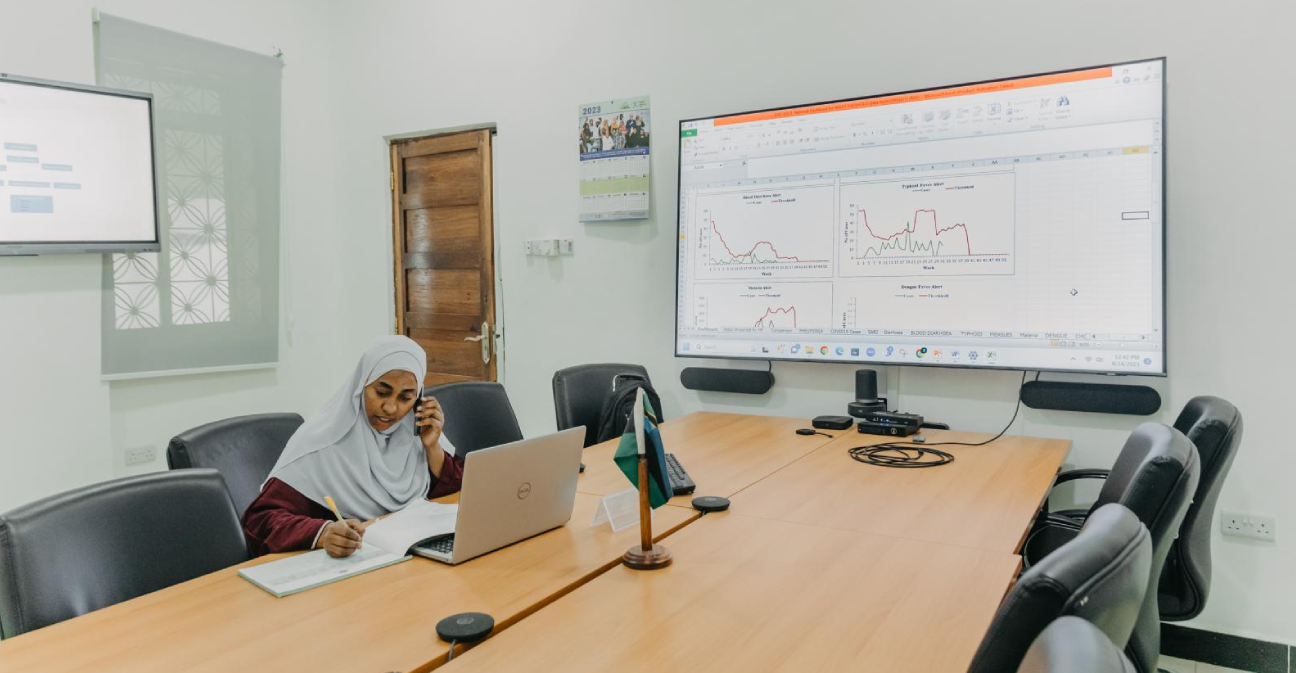Health impacts in Zanzibar, an archipelago region of Tanzania, are shaped by various factors including infectious diseases, healthcare infrastructure, environmental conditions, and socio-economic status. Below is an overview of the key health impacts in Zanzibar:
1. Infectious Diseases
- Zanzibar faces a burden of communicable diseases, though progress has been made in some areas:
Malaria:
- Once a major health issue, malaria prevalence has significantly decreased due to interventions like insecticide-treated nets (ITNs), indoor residual spraying, and improved diagnostics.
- Zanzibar is now in the malaria pre-elimination phase, but vigilance is still required.
HIV/AIDS:
- Prevalence is lower than mainland Tanzania but remains a concern.
- Prevention and treatment services are improving, with greater access to antiretroviral therapy (ART).
Tuberculosis (TB):
- TB continues to be a public health challenge, often co-occurring with HIV.
- Diagnosis and treatment are available but face logistical challenges.
Waterborne Diseases:
- Diseases like cholera and typhoid occur, particularly during rainy seasons or in areas with poor sanitation and water access.
2. Maternal and Child Health
- Maternal mortality has declined, but challenges remain due to:
- Limited access to skilled birth attendants in remote areas.
- Shortages in emergency obstetric care.
- Child mortality has improved with increased immunization and nutrition programs, though malnutrition and diarrheal diseases still affect children.
3. Non-Communicable Diseases (NCDs)
- Increasing prevalence of:
- Hypertension
- Diabetes
- Cardiovascular diseases
- Linked to changing lifestyles, urbanization, and diet.
- Limited screening and management services in rural areas.
4. Environmental and Climate-Related Health Issues
- Rising sea levels and flooding can lead to water contamination and vector-borne disease outbreaks.
- Waste management challenges contribute to pollution and associated health risks.
- Air quality issues from burning waste or biomass fuels can cause respiratory diseases.
5. Mental Health
- Often underreported and underserved.
- Stigma and lack of resources limit access to mental health care.
6. Health System Challenges
- Human resources: Shortage of trained healthcare professionals.
- Infrastructure: Limited health facilities in rural areas.
- Supplies and medication: Frequent stock-outs and logistical problems.
- Data systems: Gaps in health information limit planning and response.
Recent Improvements and Initiatives
- Universal Health Coverage efforts are underway to improve access and affordability.
- Community health programs and mobile outreach are enhancing rural access.
- Public health campaigns for hygiene, immunization, and disease prevention are ongoing.

 Home
Home


